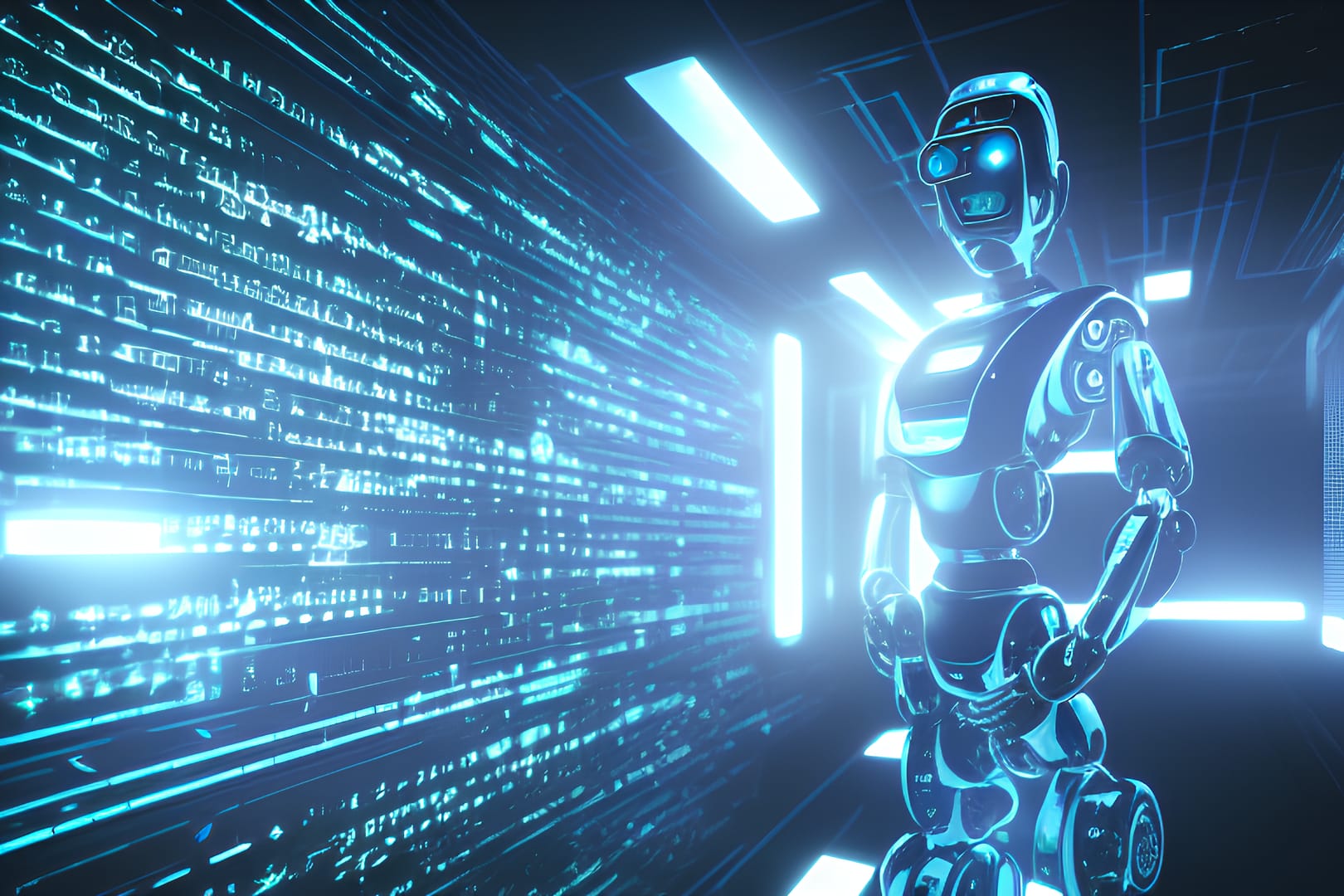Machine learning is a subset of artificial intelligence (AI) that involves training computer systems to recognize patterns and make predictions or decisions based on data. It is achieved through the use of algorithms that can learn from data without being explicitly programmed. Machine learning has a wide range of applications, including image and speech recognition, predictive analytics, and natural language processing (NLP).
Table of Contents
Types of Machine Learning
There are several different types of machine learning, each with its own unique characteristics and applications. Understanding the different types of machine learning is essential for choosing the right approach for a particular problem, and can help you unlock the full potential of this powerful technology.
- Supervised Learning: Supervised learning is a type of machine learning in which a model is trained to make predictions based on labeled data. In supervised learning, the data used to train the model includes both input data and the corresponding correct output data. The model is trained to map the input data to the correct output data and is then tested on new, unseen data to evaluate its performance. Examples of supervised learning algorithms include linear regression and logistic regression.
- Unsupervised Learning: Unsupervised learning is a type of machine learning in which a model is trained to find patterns in data without being provided with any labeled data. In unsupervised learning, the model must infer the relationships in the data based on the inherent structure of the data itself. Examples of unsupervised learning algorithms include k-means clustering and principal component analysis.
- Reinforcement Learning: Reinforcement learning is a type of machine learning in which an agent learns to interact with its environment to maximize a reward. In reinforcement learning, the agent receives feedback in the form of rewards or punishments for its actions and learns to choose actions that maximize the reward over time.
- Transfer Learning: Transfer learning is a machine learning technique in which a model that has been trained on one task is used as the starting point to perform a different, but related, task. This allows the model to take advantage of the knowledge it has gained from the original task and apply it to the new task, which can often result in better performance than training a model from scratch on the new task. Transfer learning is particularly useful when there is a limited amount of data available for the new task.
Machine Learning Components
In order to fully understand and utilize machine learning, it is important to be familiar with its key components. These components include the types of machine learning, the algorithms used, the platforms and languages used for implementation, and the tools and frameworks used for development. Understanding these components is essential for effectively implementing and utilizing machine learning techniques.
- ML Algorithms: There are a wide variety of machine learning algorithms that can be used to train a model, including decision trees, random forests, support vector machines, and neural networks. The selection of the appropriate algorithm depends on the specific problem being solved.
- ML Platforms: There are several platforms that can be used to develop machine learning models, including cloud platforms, on-premises platforms, and standalone tools. Some popular cloud platforms for machine learning include Amazon Web Services (AWS) and Google Cloud Platform (GCP). On-premises platforms include IBM Watson and Microsoft Azure. Standalone tools such as Weka and KNIME are also commonly used.
- ML Programming Languages: There are several programming languages that are commonly used in machine learning, including Python, R, and Julia. Python is a popular choice due to its large and active community of users, as well as the availability of a wide range of libraries and frameworks for machine learning. R is another popular choice due to its strong support for statistical analysis and data visualization. Julia is a newer programming language that is gaining popularity due to its speed and ability to handle large amounts of data.
- ML Libraries and Frameworks: There are several libraries and frameworks that can be used to develop machine learning models, including TensorFlow, PyTorch, and scikit-learn. These libraries provide a range of pre-built models and algorithms that can be used to develop machine learning models more efficiently.
Machine Learning Tools
Machine learning tools are software platforms and frameworks that provide the necessary infrastructure and tools for building and deploying machine learning models. These tools can be used to design, train, and test machine learning models, and to deploy those models to production environments where they can make predictions on new data.
- ML Development Tools: There are several tools that can be used to develop machine learning models, including integrated development environments (IDEs) such as PyCharm and Visual Studio, and data visualization tools such as Matplotlib and Seaborn.
Conclusion
In summary, machine learning is a powerful tool for extracting insights from large amounts of data and making predictions or decisions based on that data. It has a wide range of applications and is implemented through a variety of algorithms, platforms, programming languages, libraries and frameworks, and development tools. As the field of machine learning continues to evolve, we can expect to see even more exciting developments and the potential for even greater impact in a wider range of industries.



